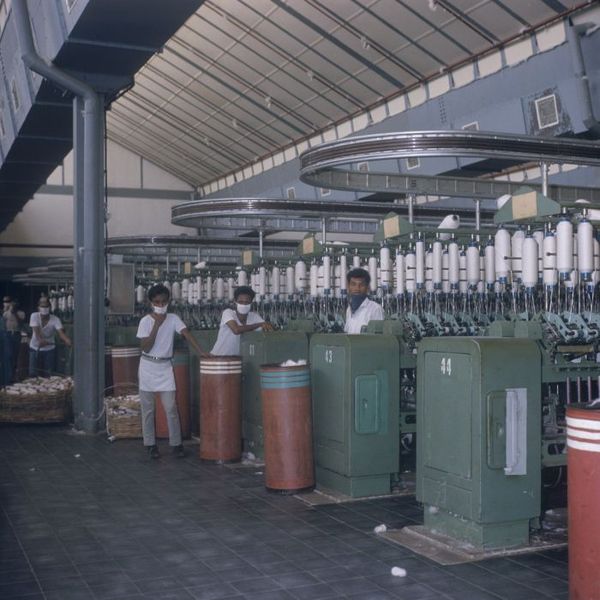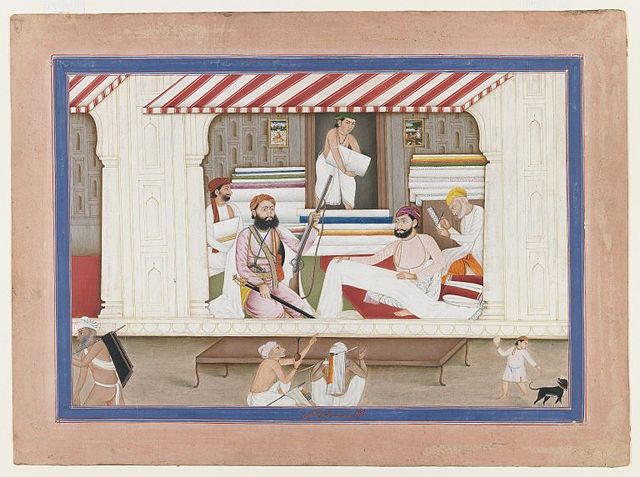Units of textile measurement
Textile fibers, threads, yarns and fabrics are measured in a multiplicity of units.A fiber, a single filament of natural material, such as cotton, linen or wool, or artificial material such as nylon, polyester, metal or mineral fiber, or human-made cellulosic fibre like viscose, Modal, Lyocell or other rayon fiber is measured in terms of linear mass density, the weight of a given length of fiber. Various units are used to refer to the measurement of a fiber, such as: the denier and tex, super S, worsted count, woolen count, linen count , cotton count, Number metric (Nm) and yield.
A yarn, a spun agglomeration of fibers used for knitting, weaving or sewing, is measured in terms of cotton count and yarn density. Thread made from two threads plied together, each consisting of three yarns
Thread, usually consisting of multiple yarns plied together producing a long, thin strand used in sewing or weaving, is measured in the same units as yarn.
Fabric, material typically produced by weaving, knitting or knotting textile fibers, yarns or threads, is measured in units such as the momme, thread count, ends per inch (e.p.i) and picks per inch (p.p.i).

Thread made from two threads plied together, each consisting of three yarns
Yarn spinning factory
Image showing how to determine the number of twists per inch in a piece of yarn
Textile is an umbrella term that includes various fiber-based materials, including fibers, yarns, filaments, threads, different fabric types, etc. At first, the word "textiles" only referred to woven fabrics. However, weaving is not the only manufacturing method, and many other methods were later developed to form textile structures based on their intended use. Knitting and non-woven are other popular types of fabric manufacturing. In the contemporary world, textiles satisfy the material needs for versatile applications, from simple daily clothing to bulletproof jackets, spacesuits, and doctor's gowns.
Handmade floral patterns on textiles, The production of textiles which were initially artisanal work, has grown into a vast field today that includes the production of fibers, yarns, fabrics, and various fibrous products for different domestic and industrial usages.
In textile production, longitudinal yarns are referred to as warp and are interlaced with weft or filing yarns to create a woven fabric.
Weaving
Cloth merchant's shop







